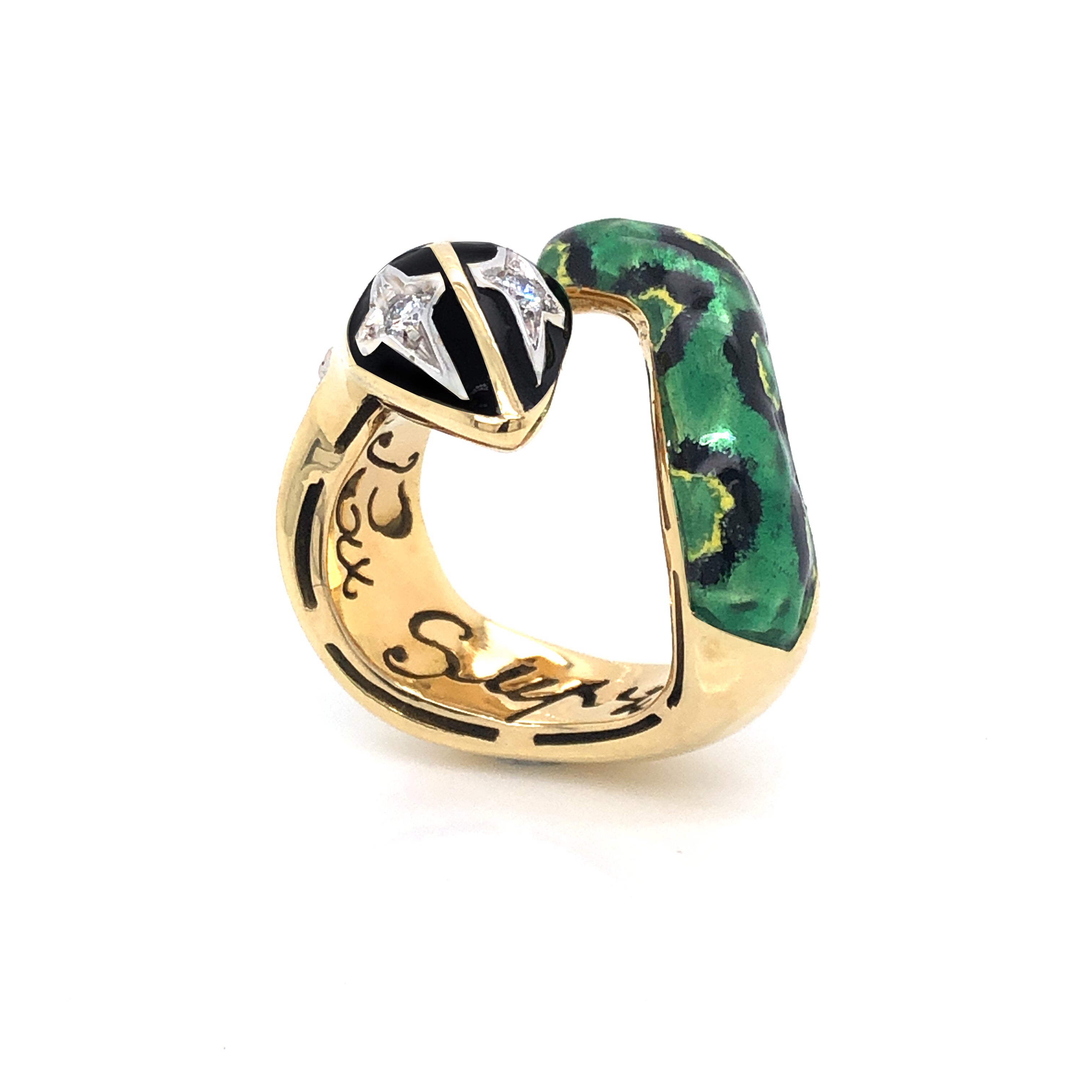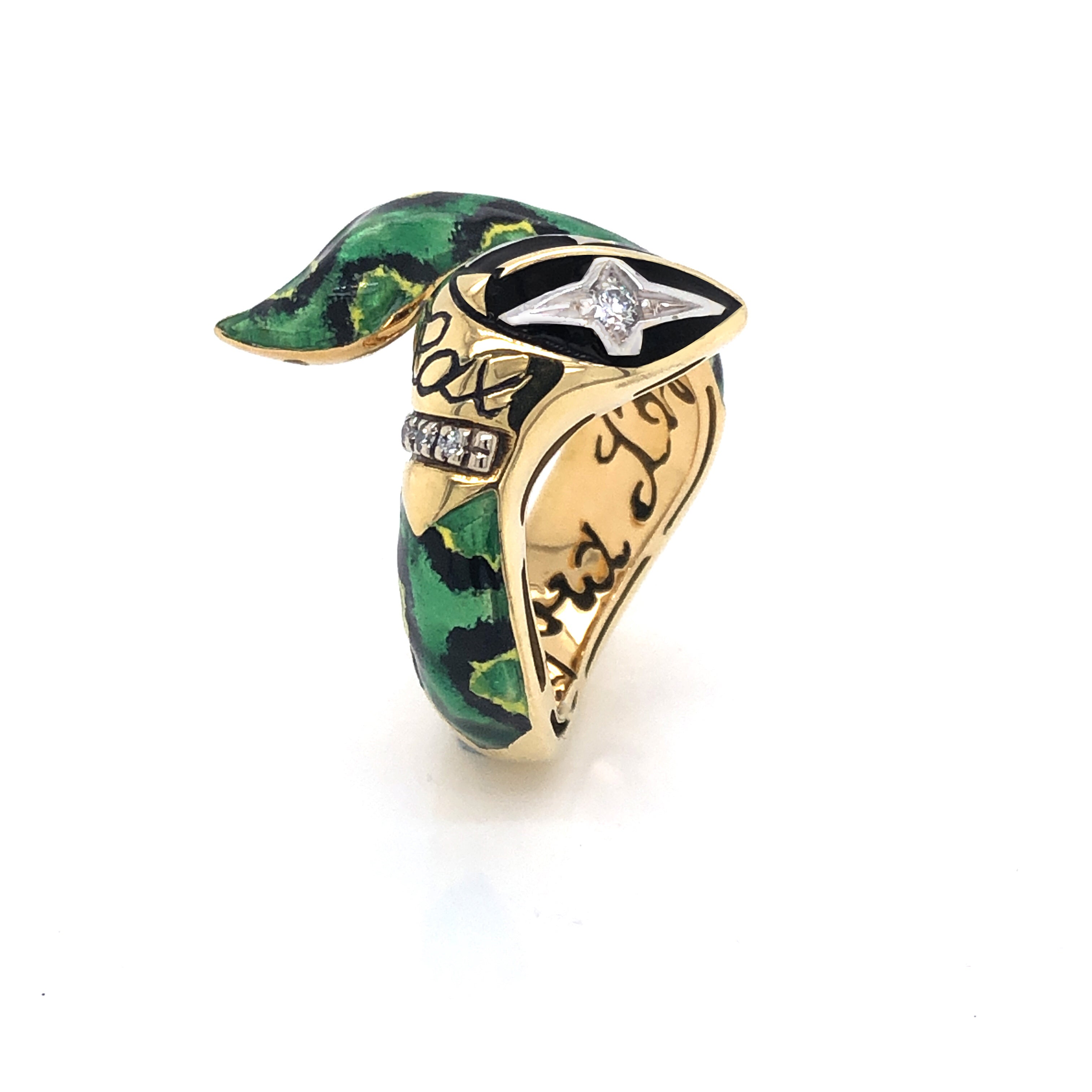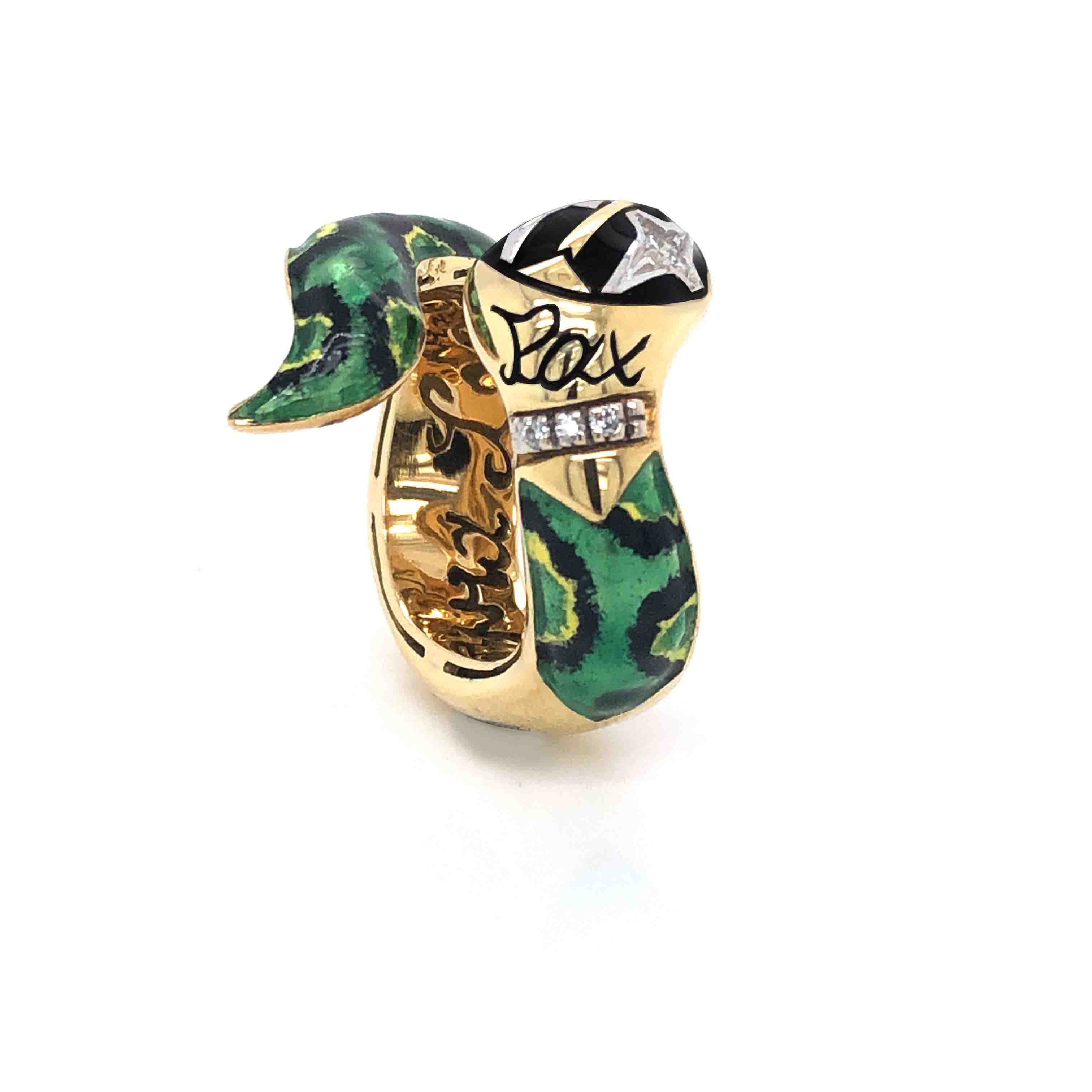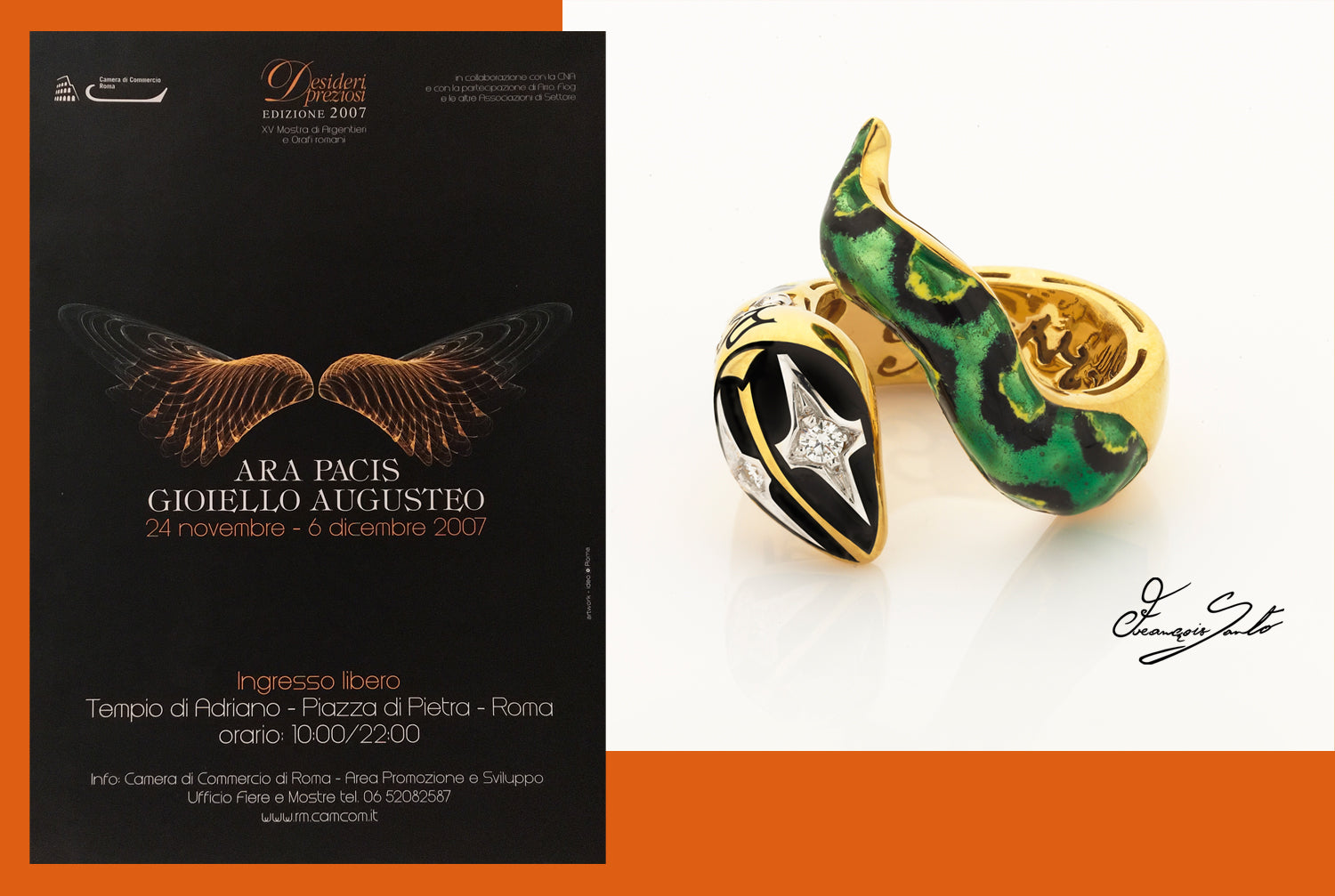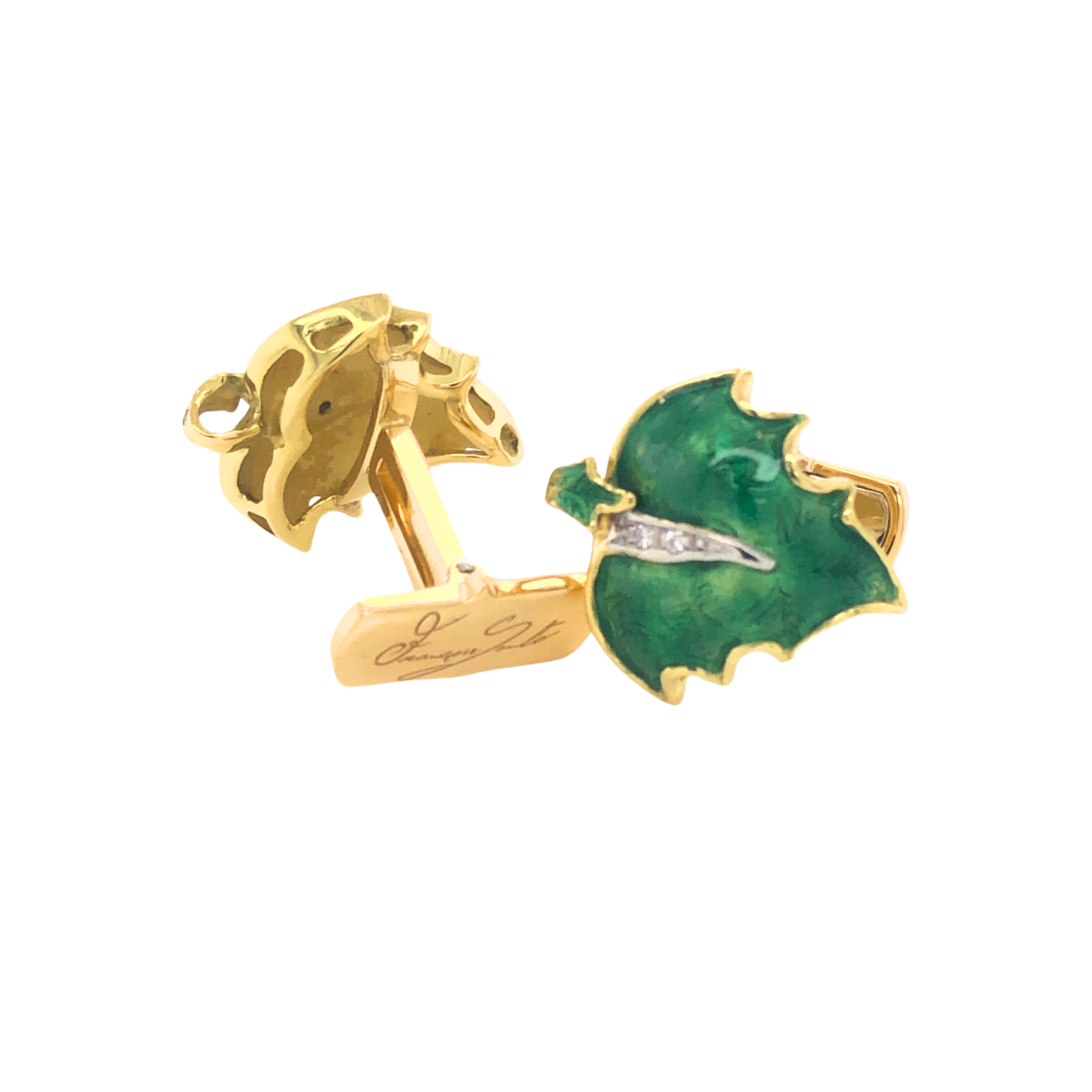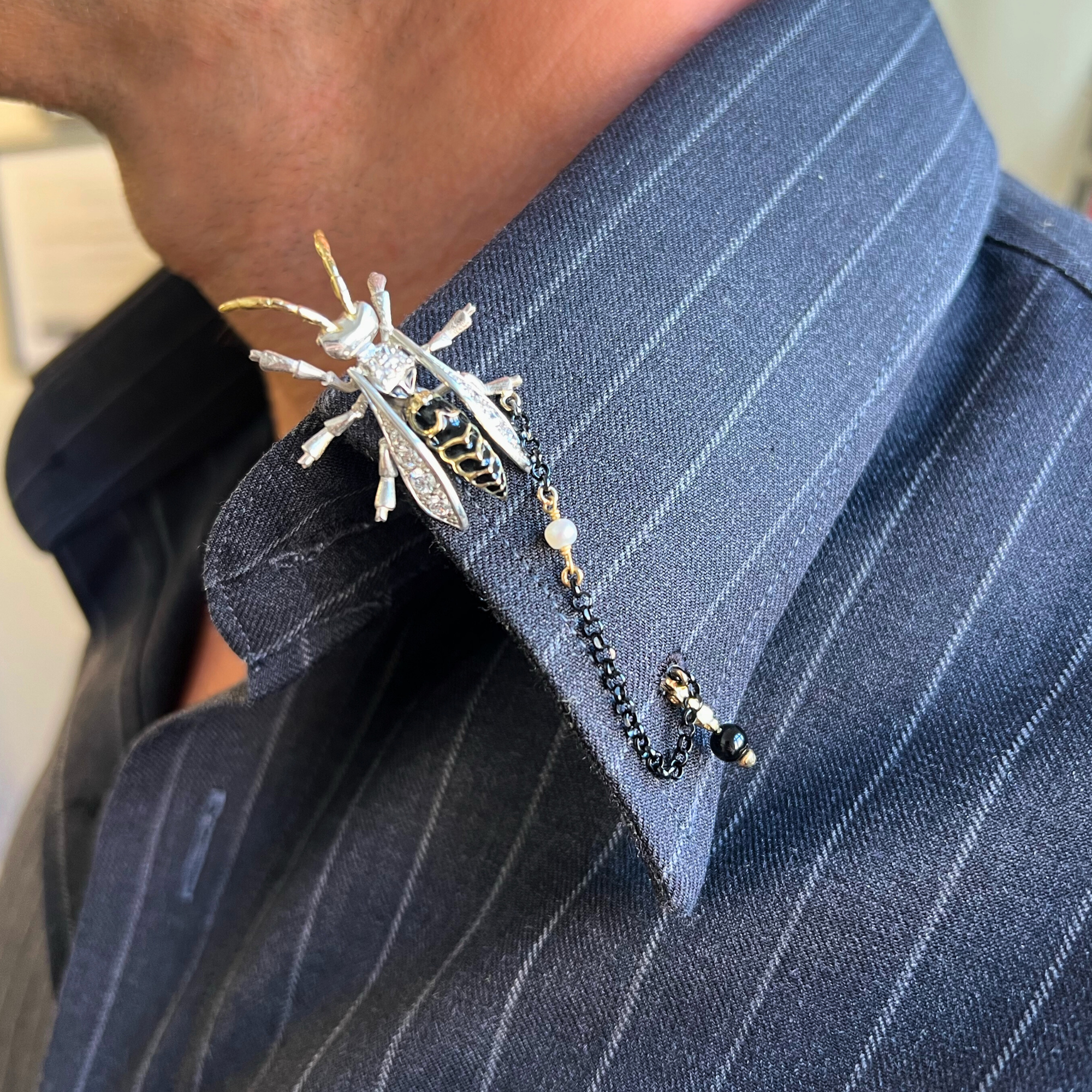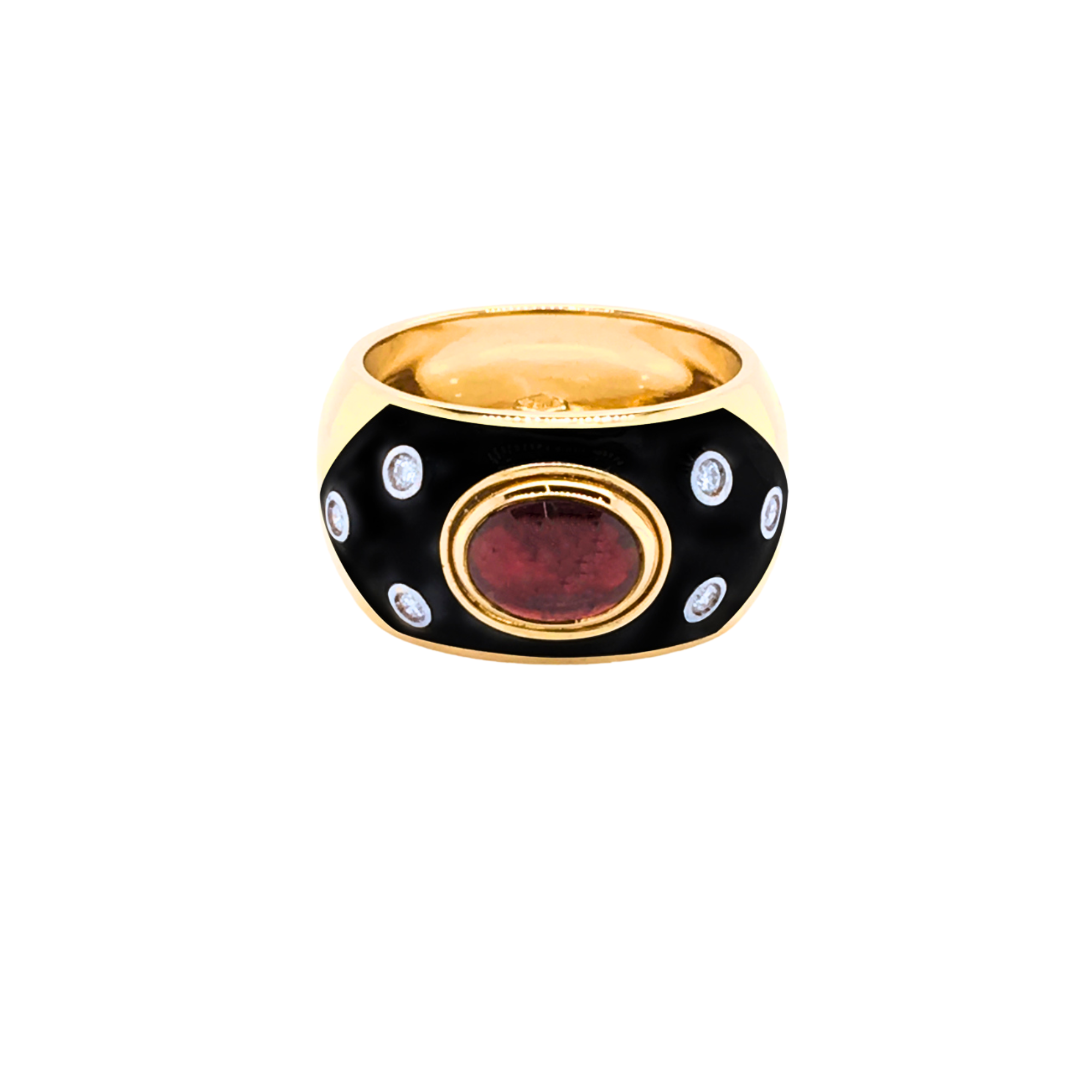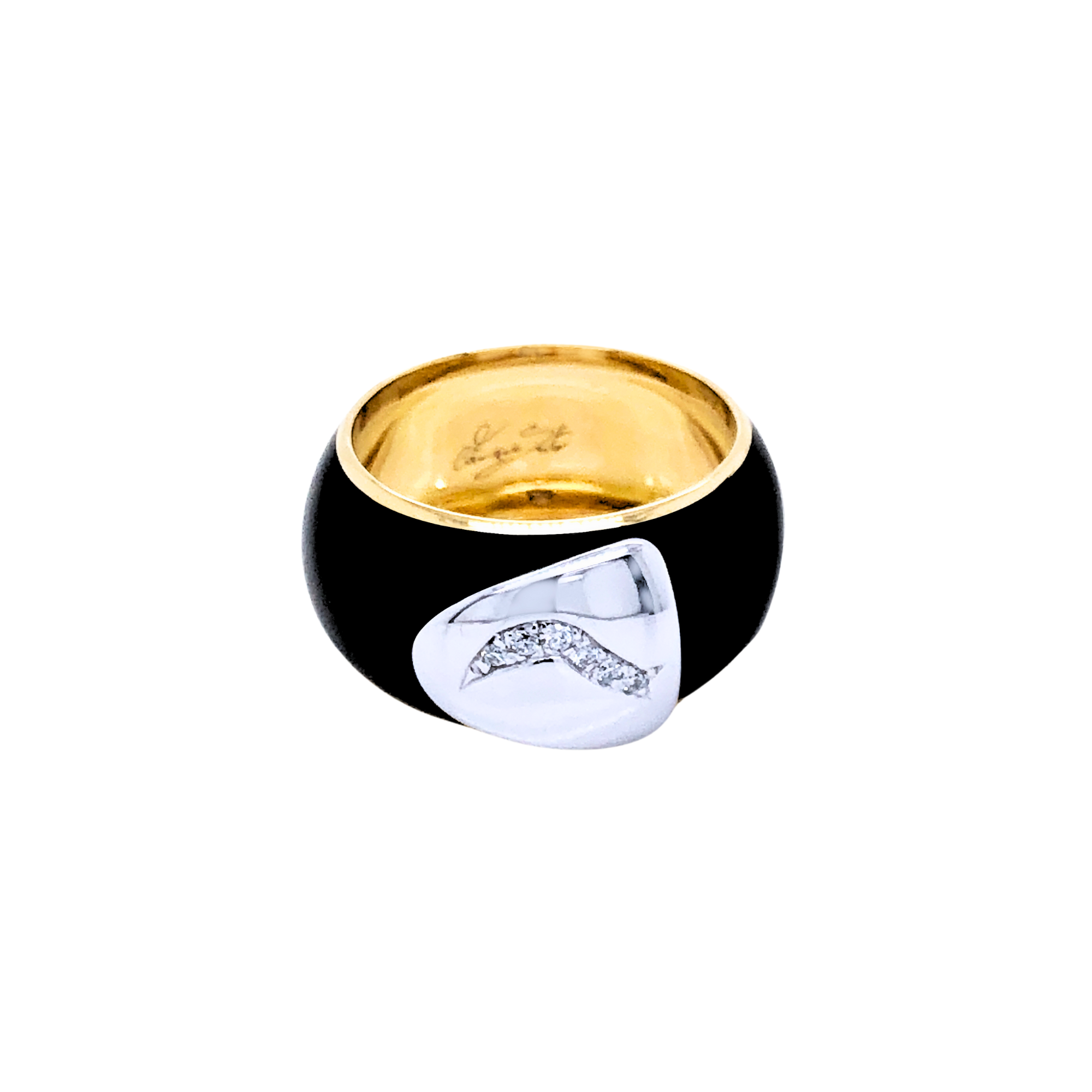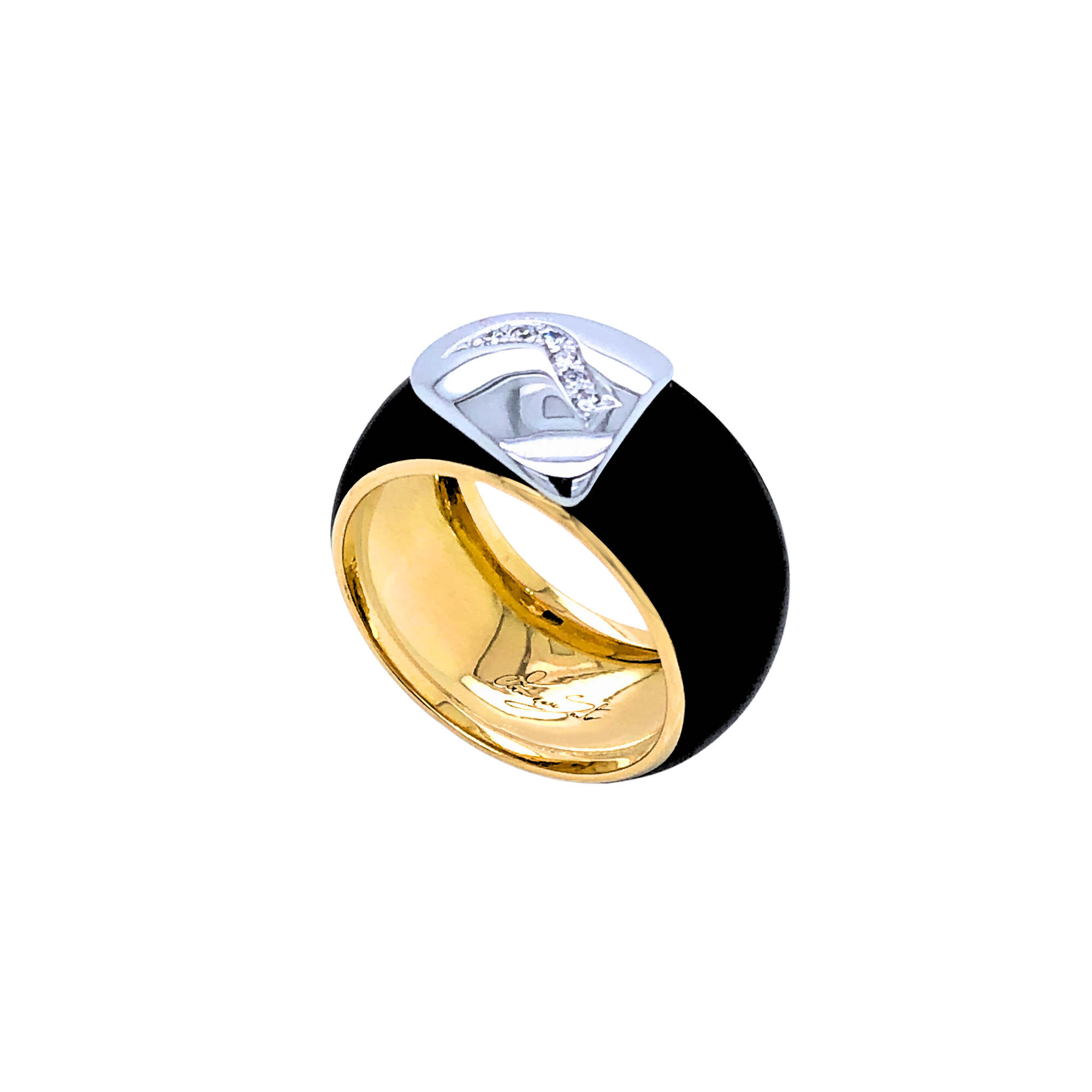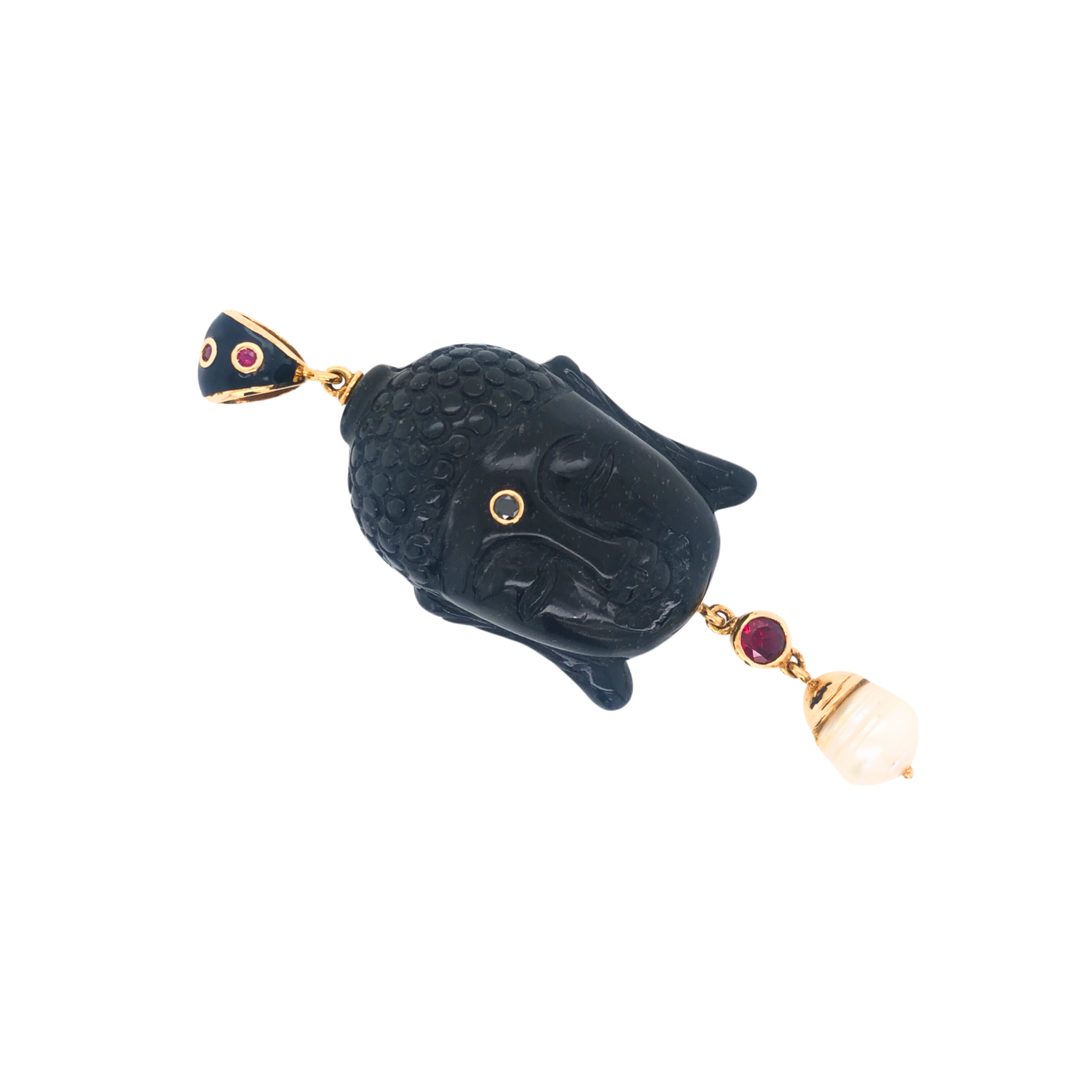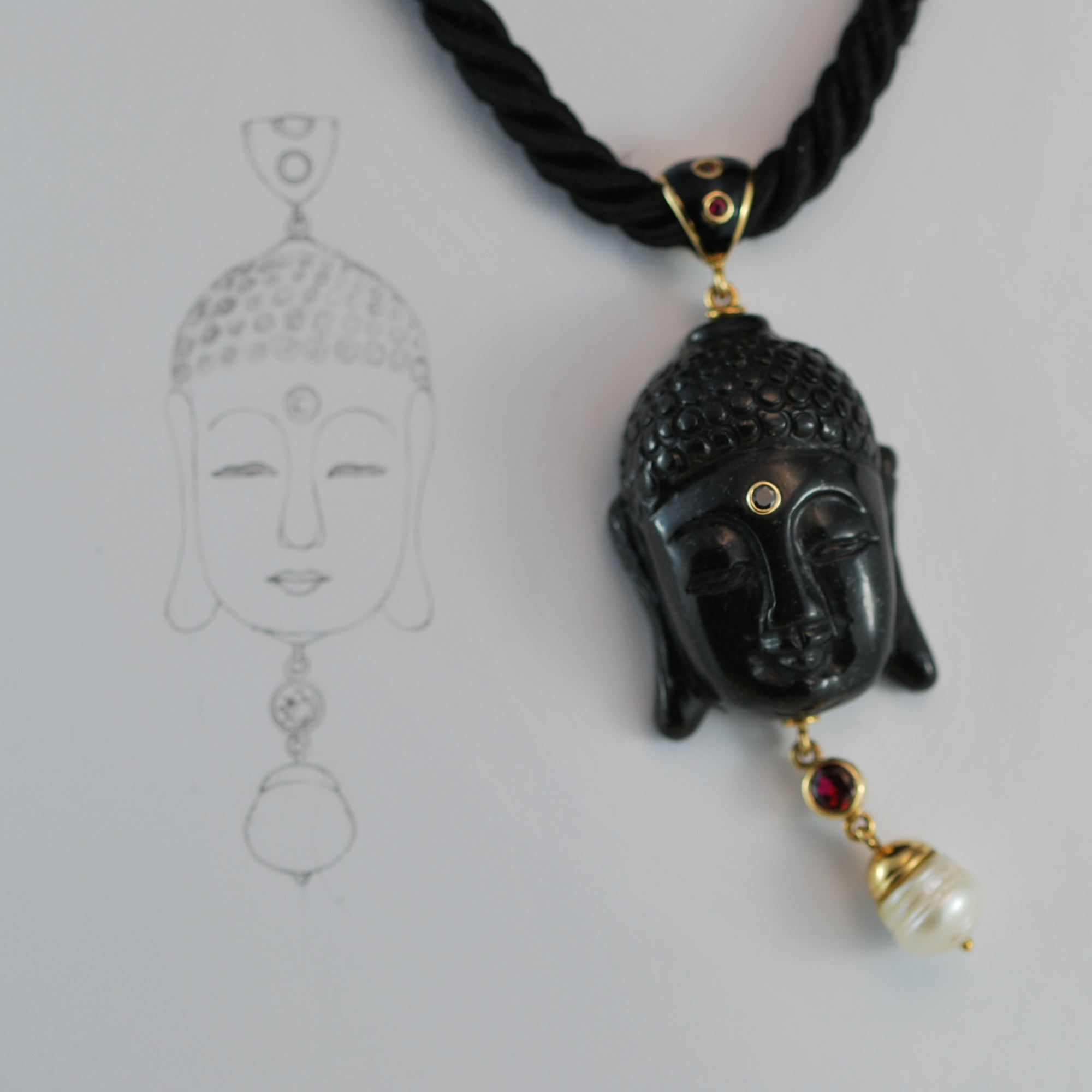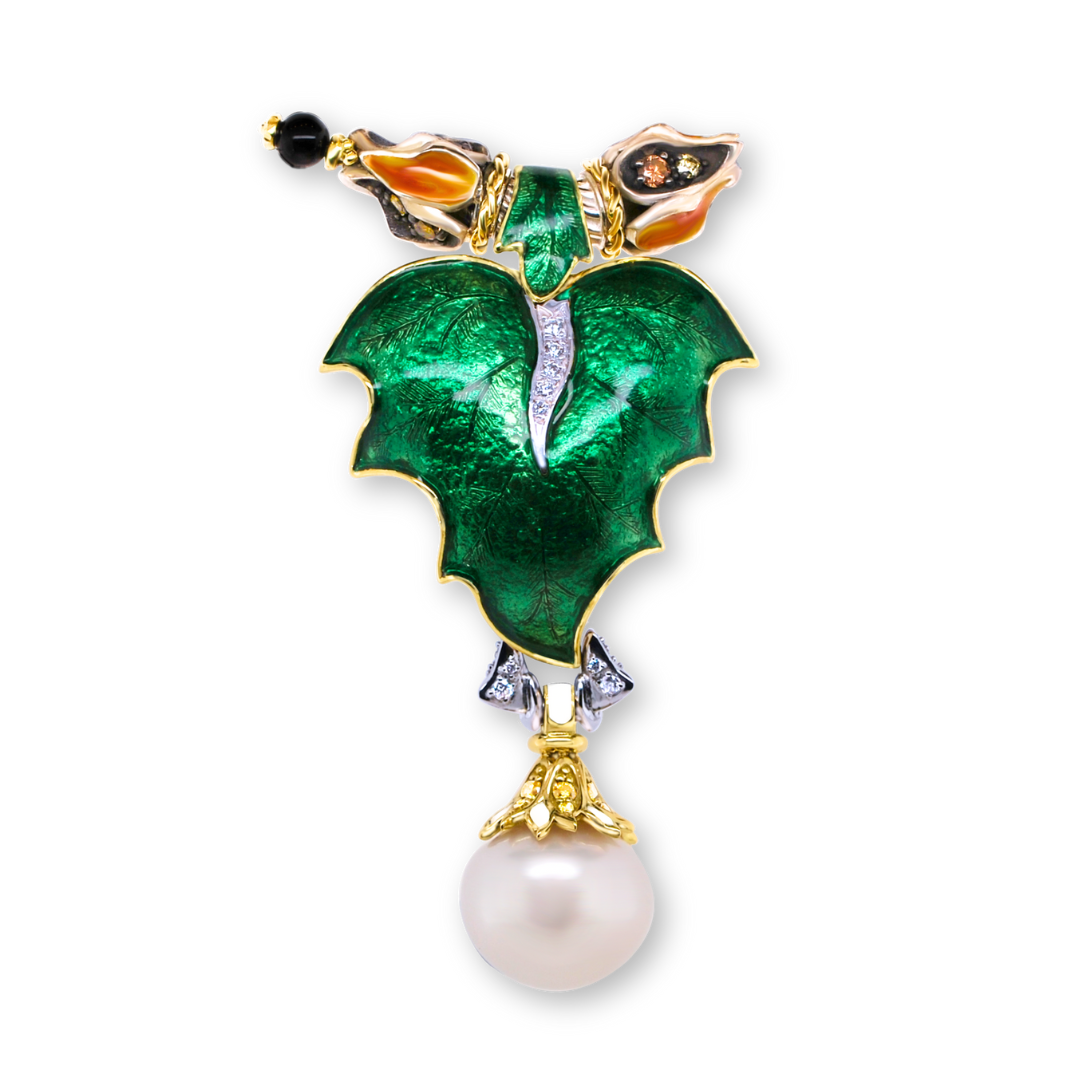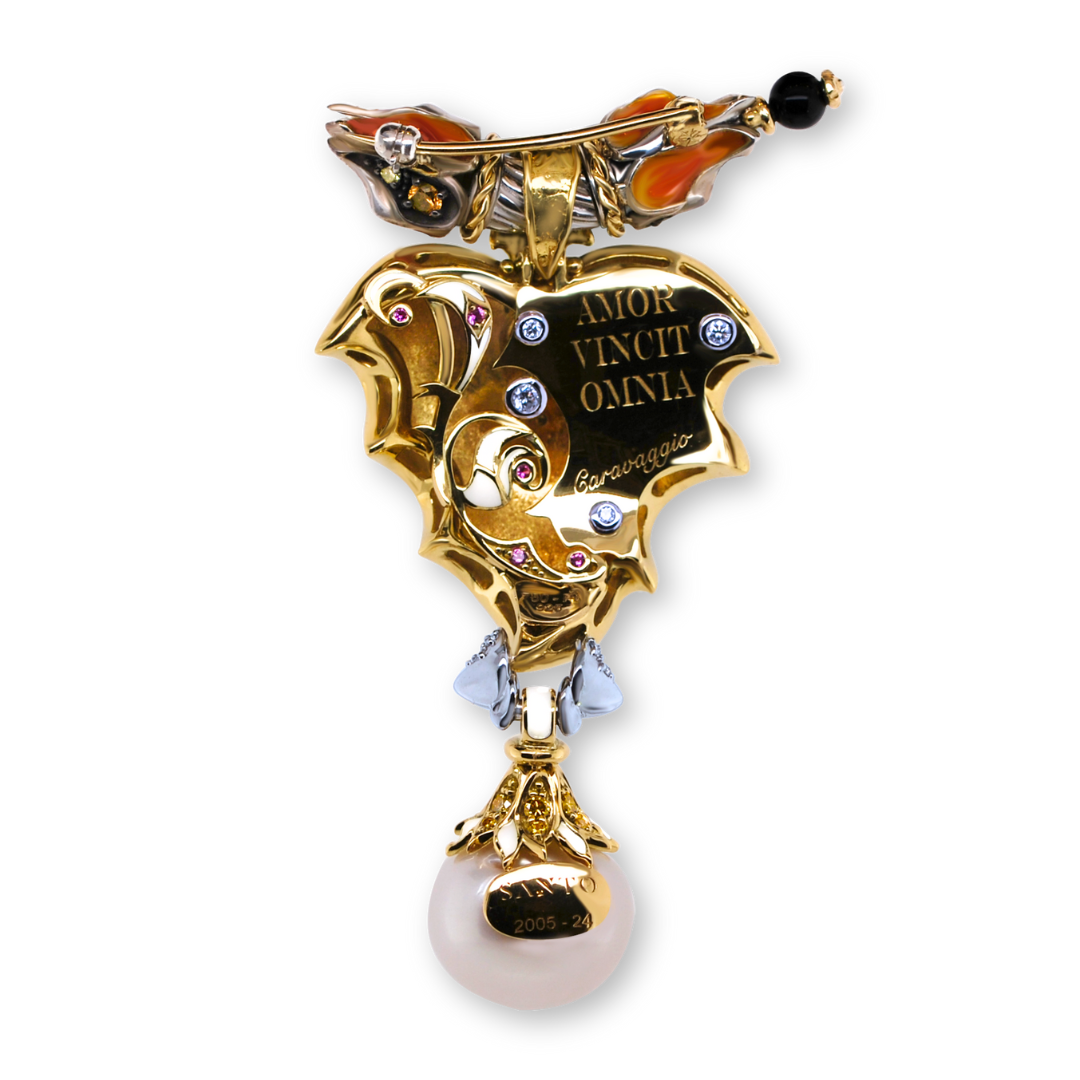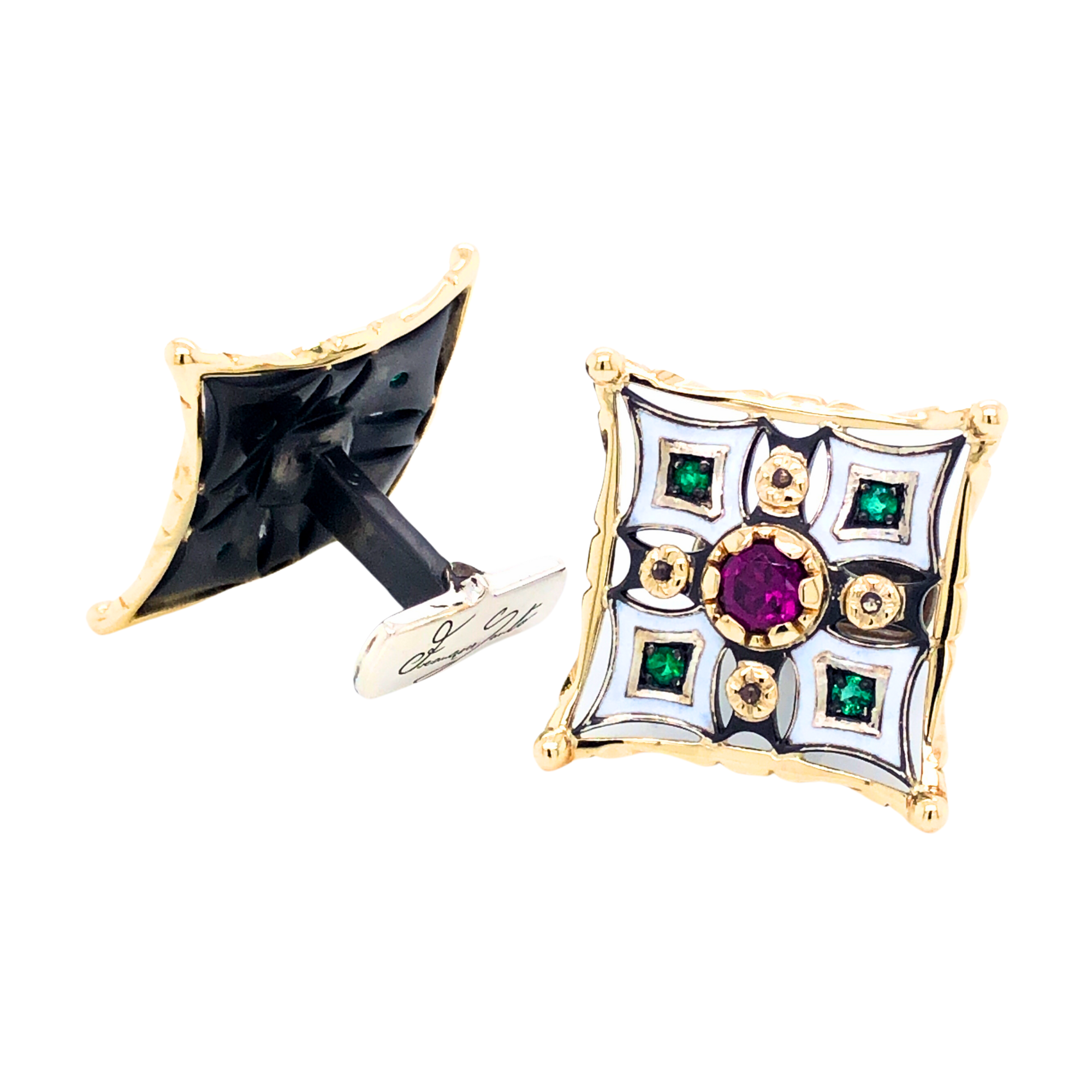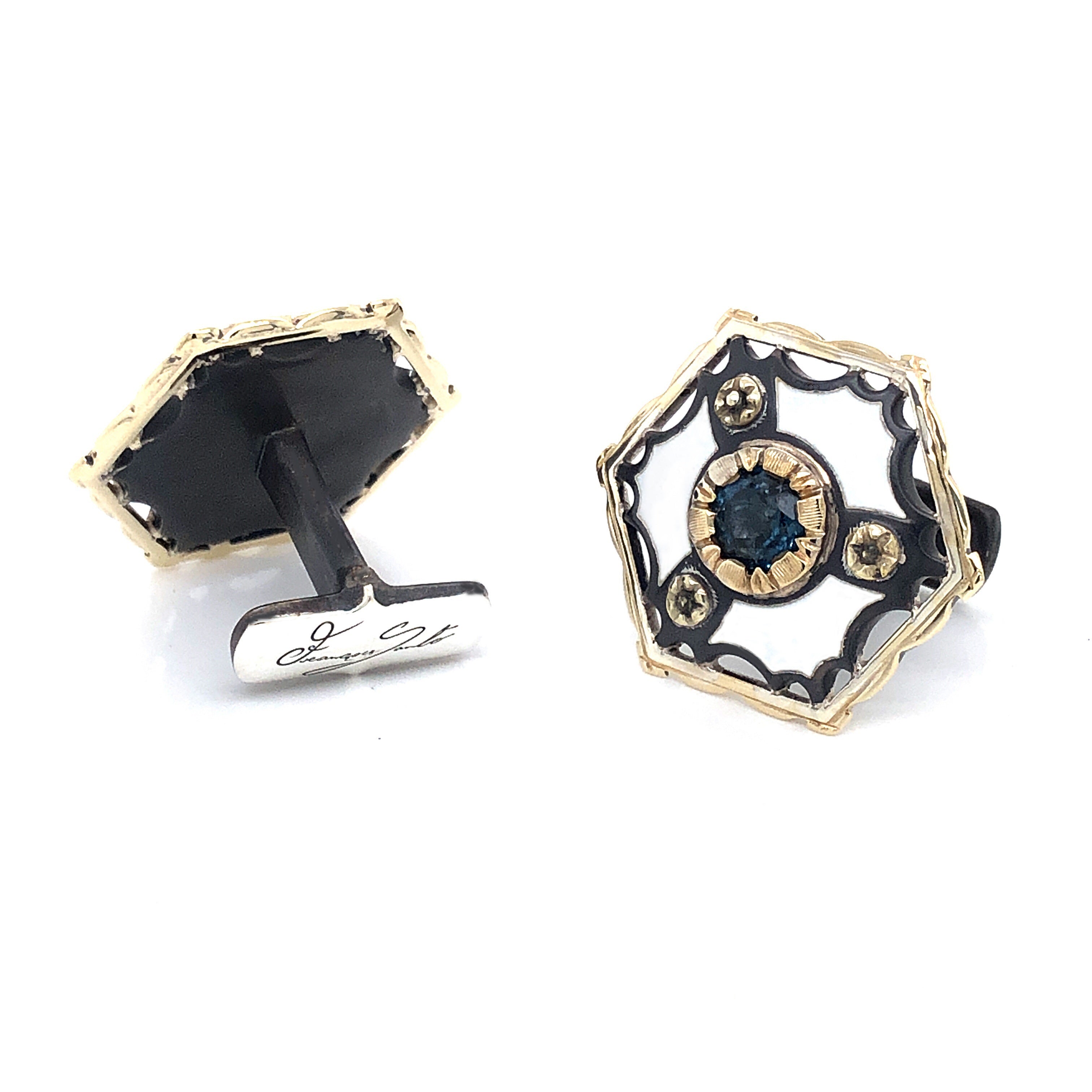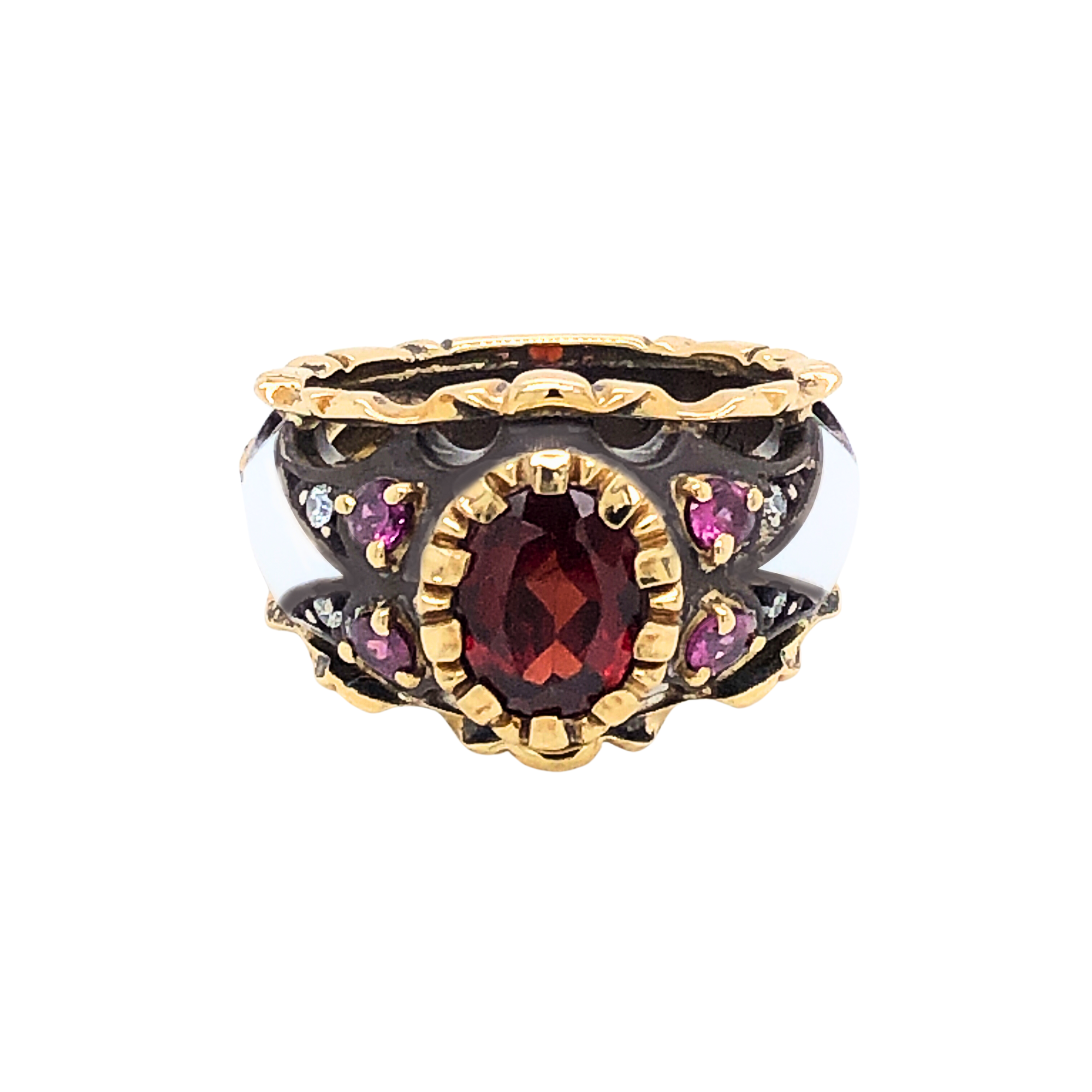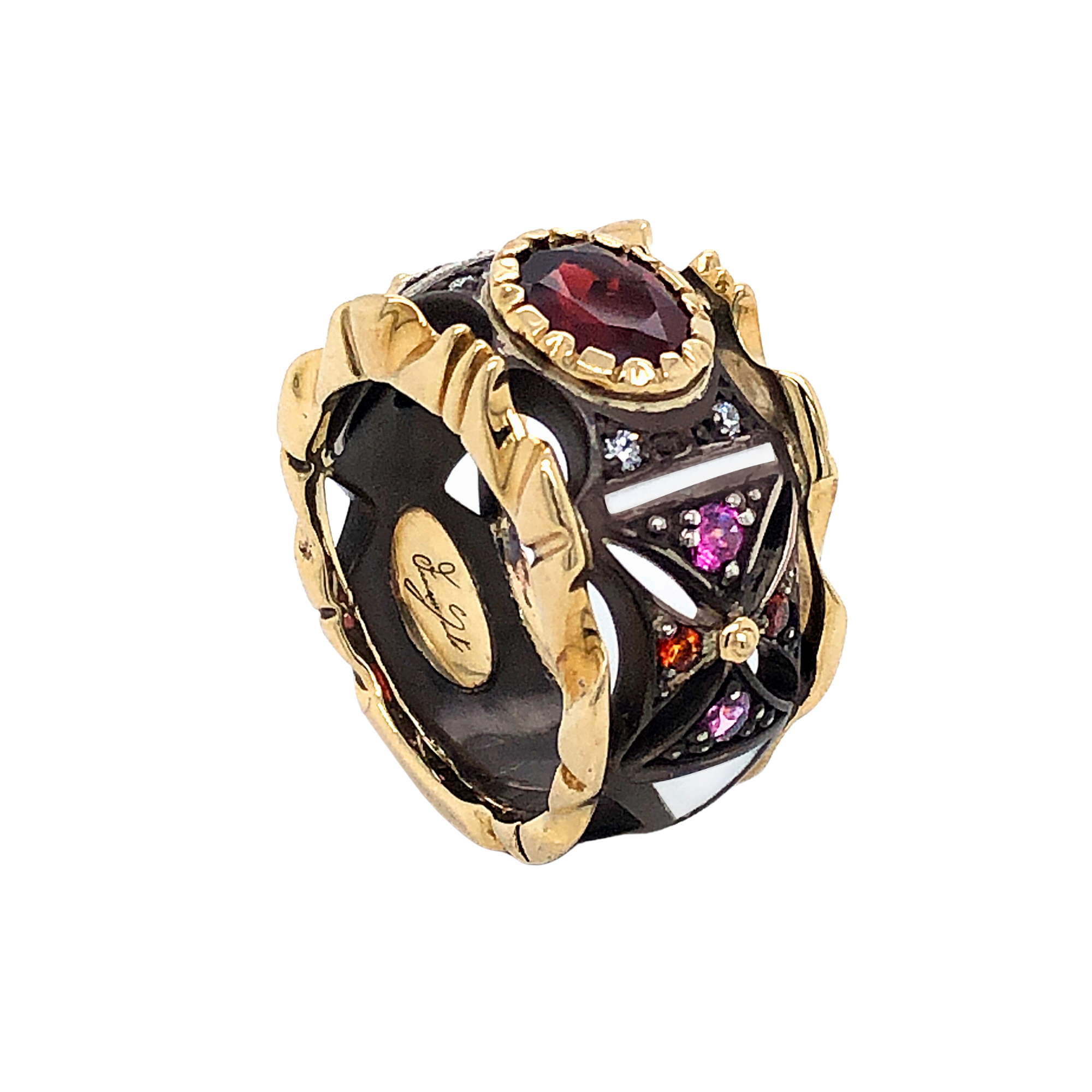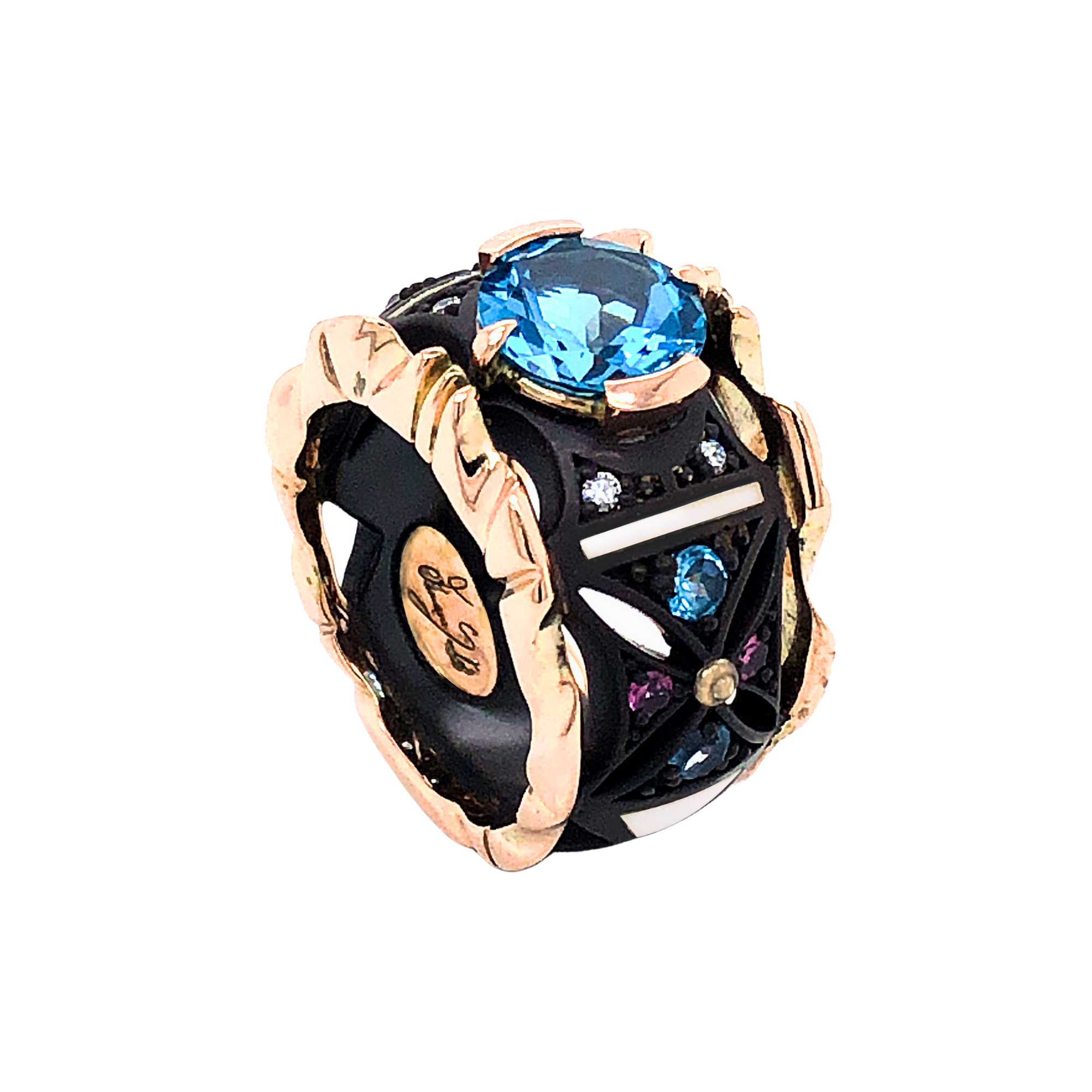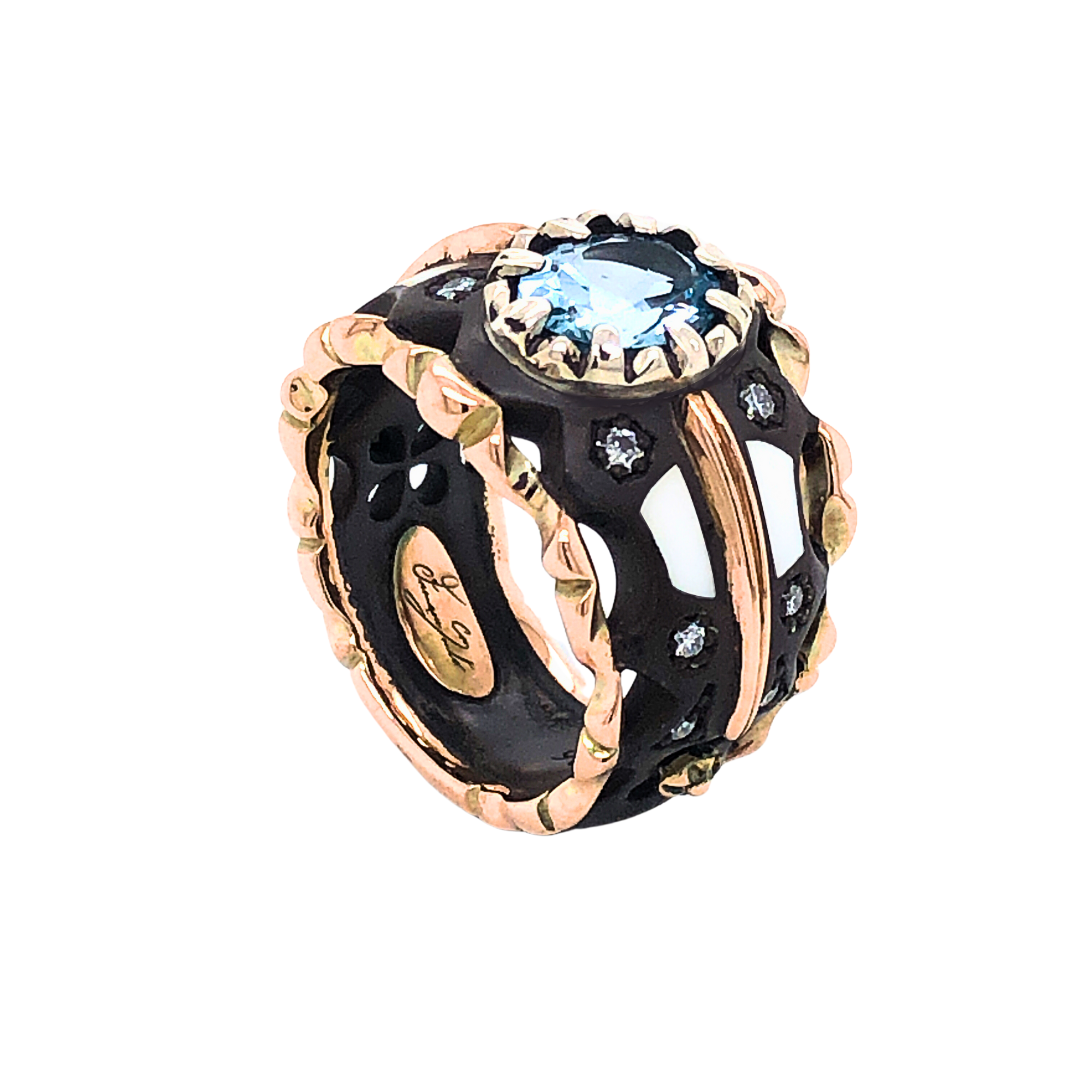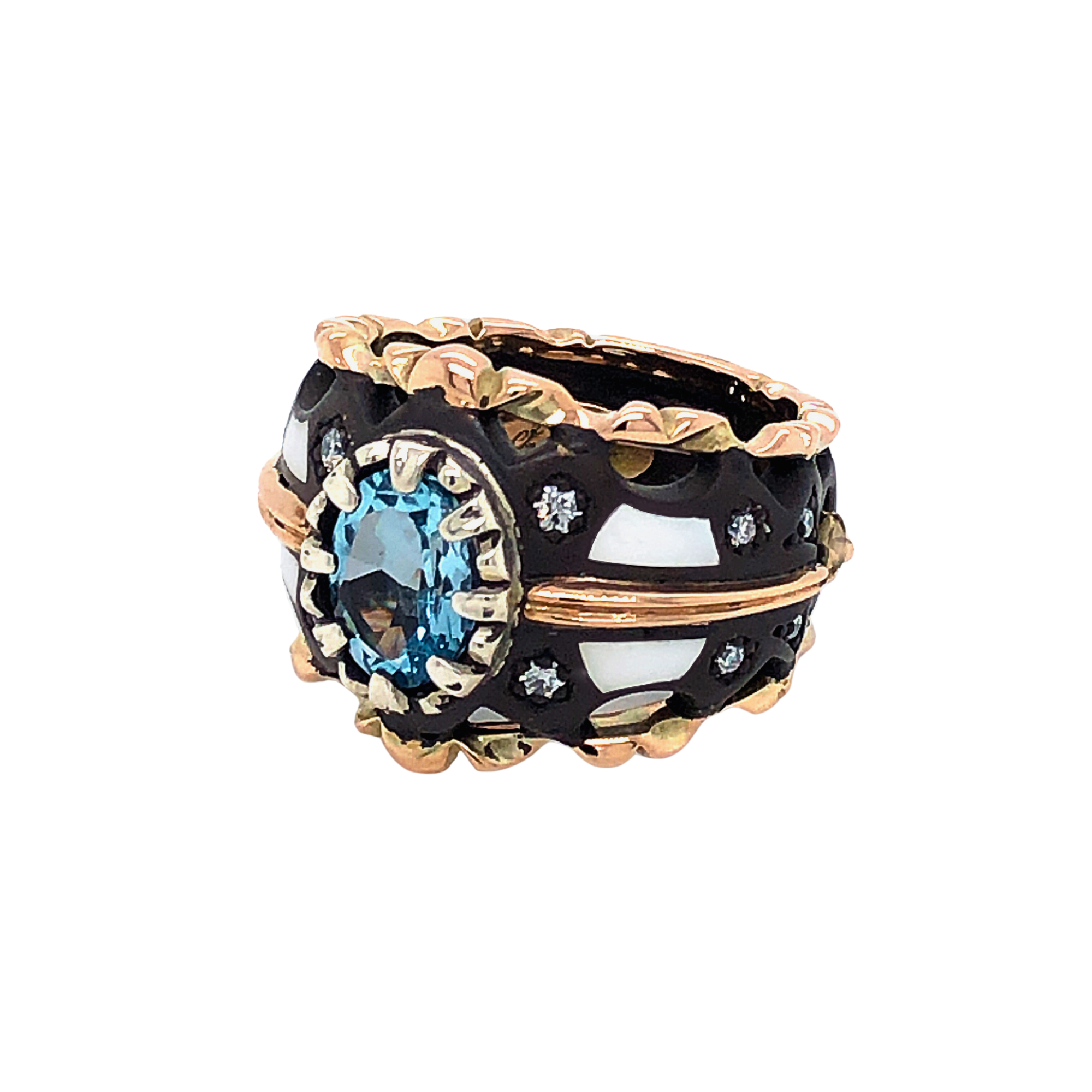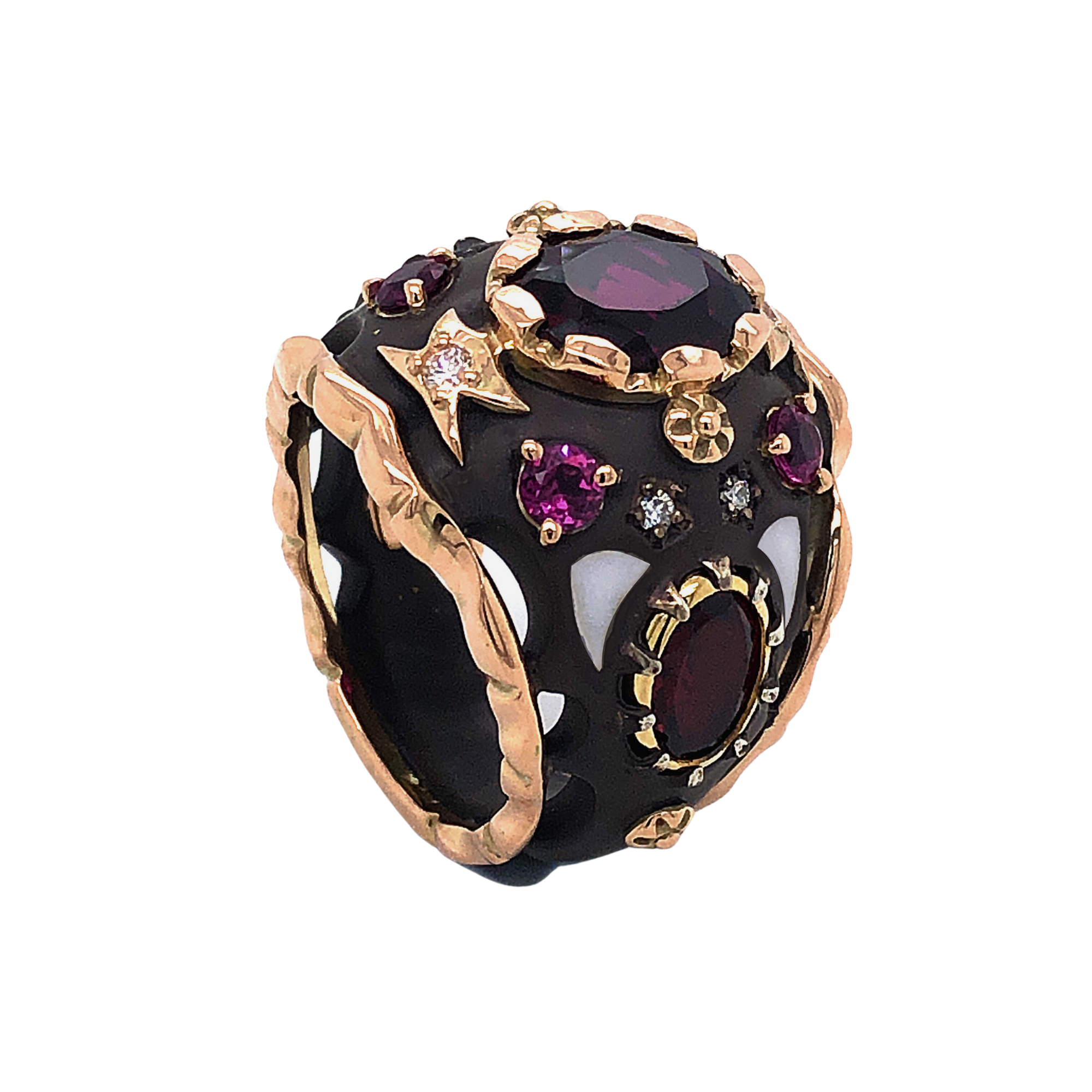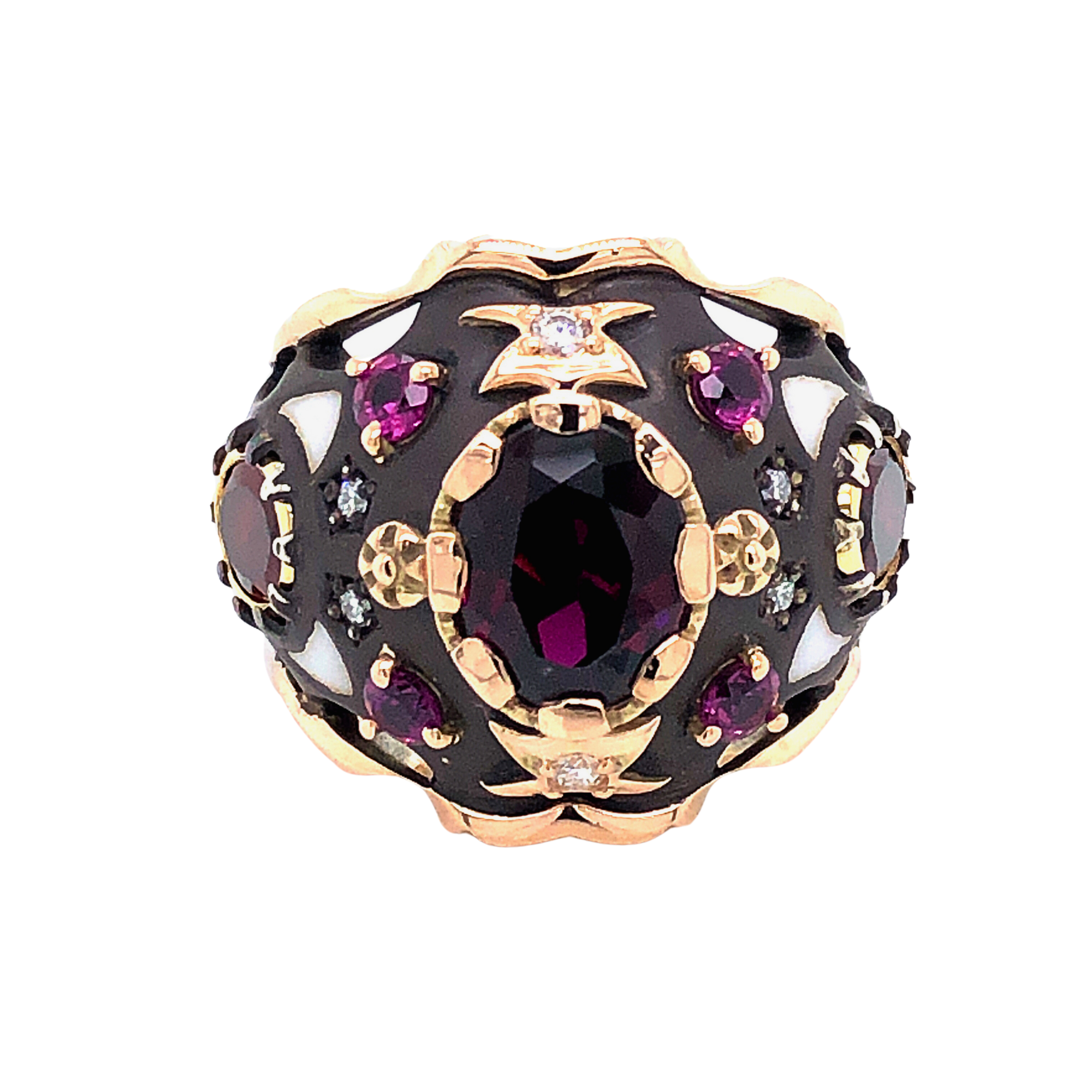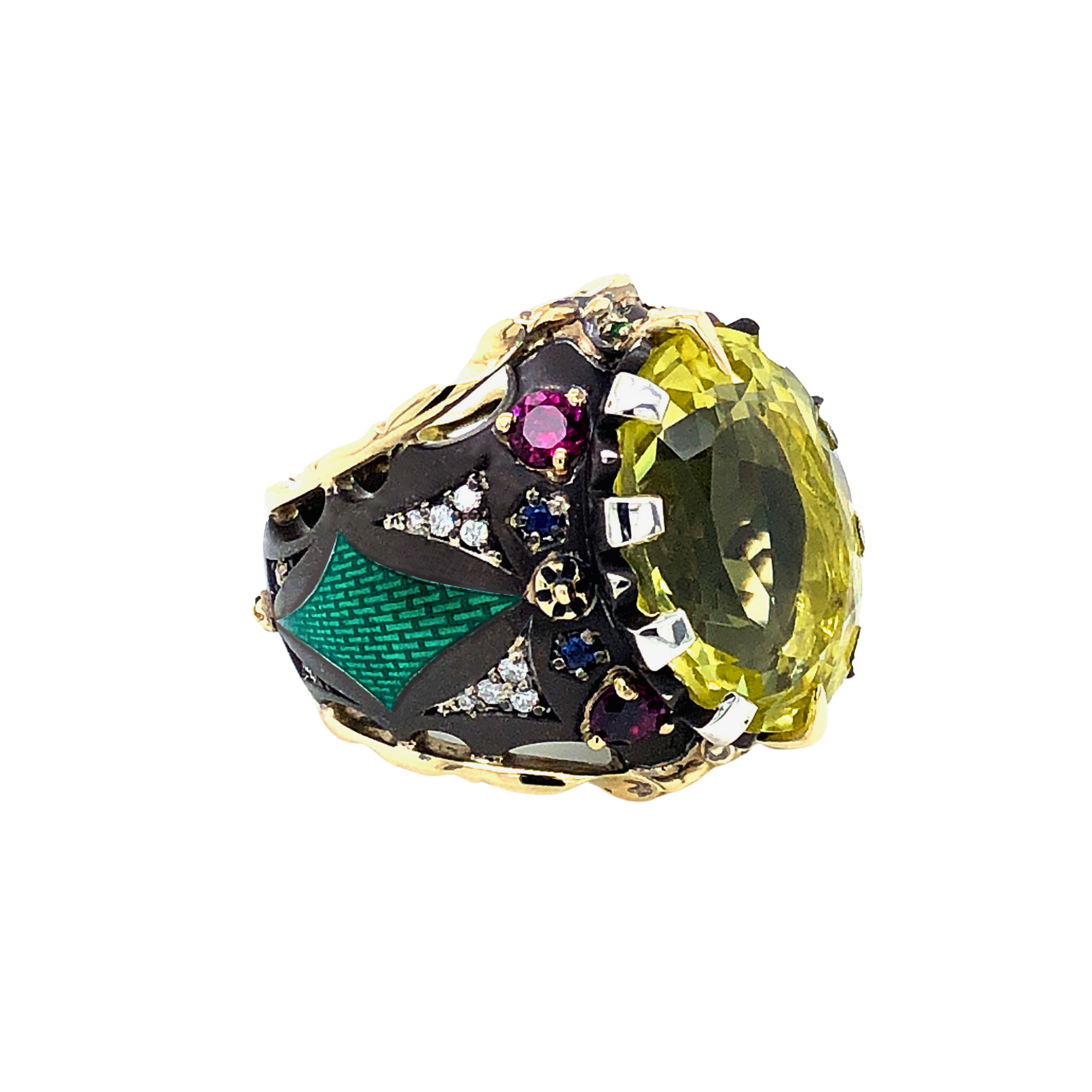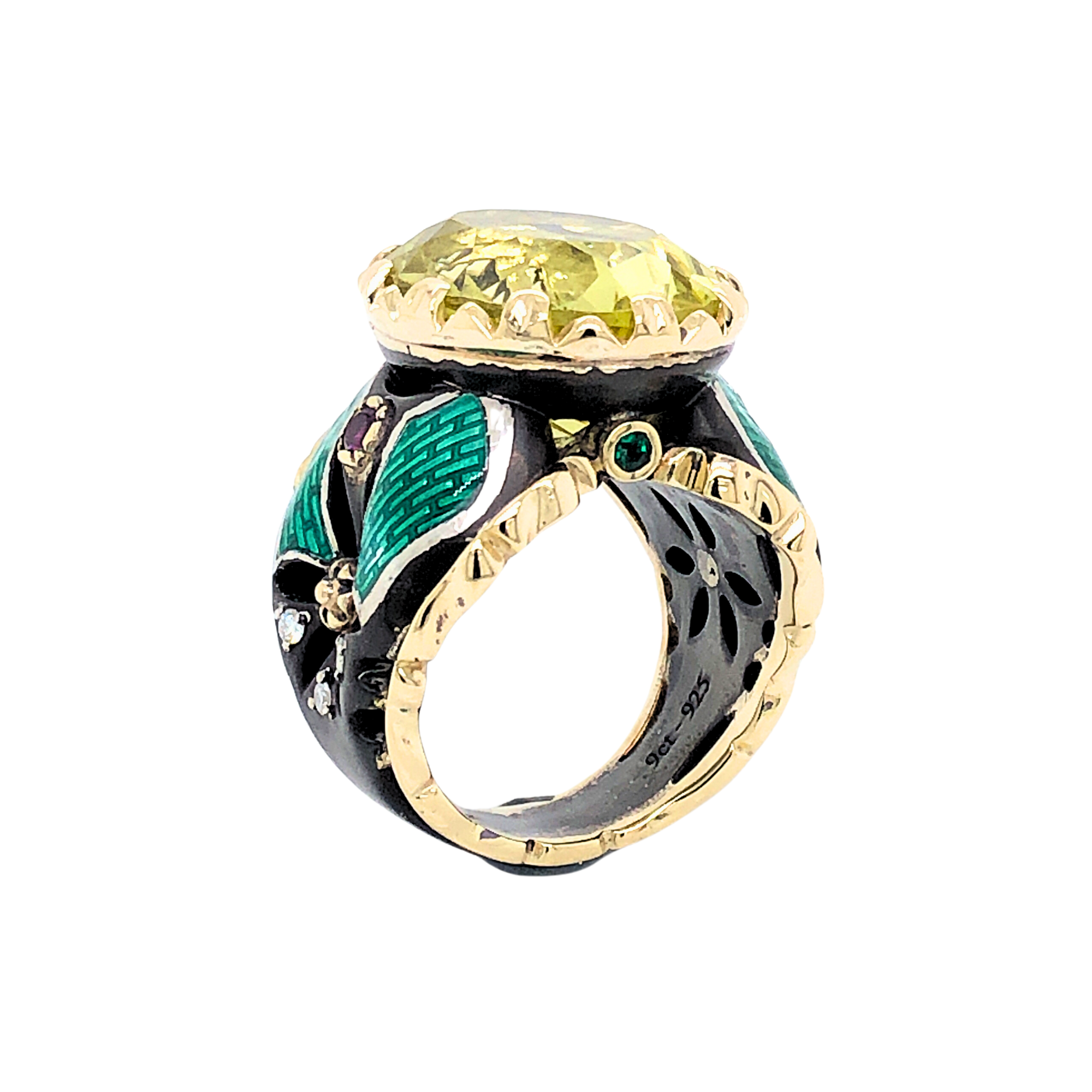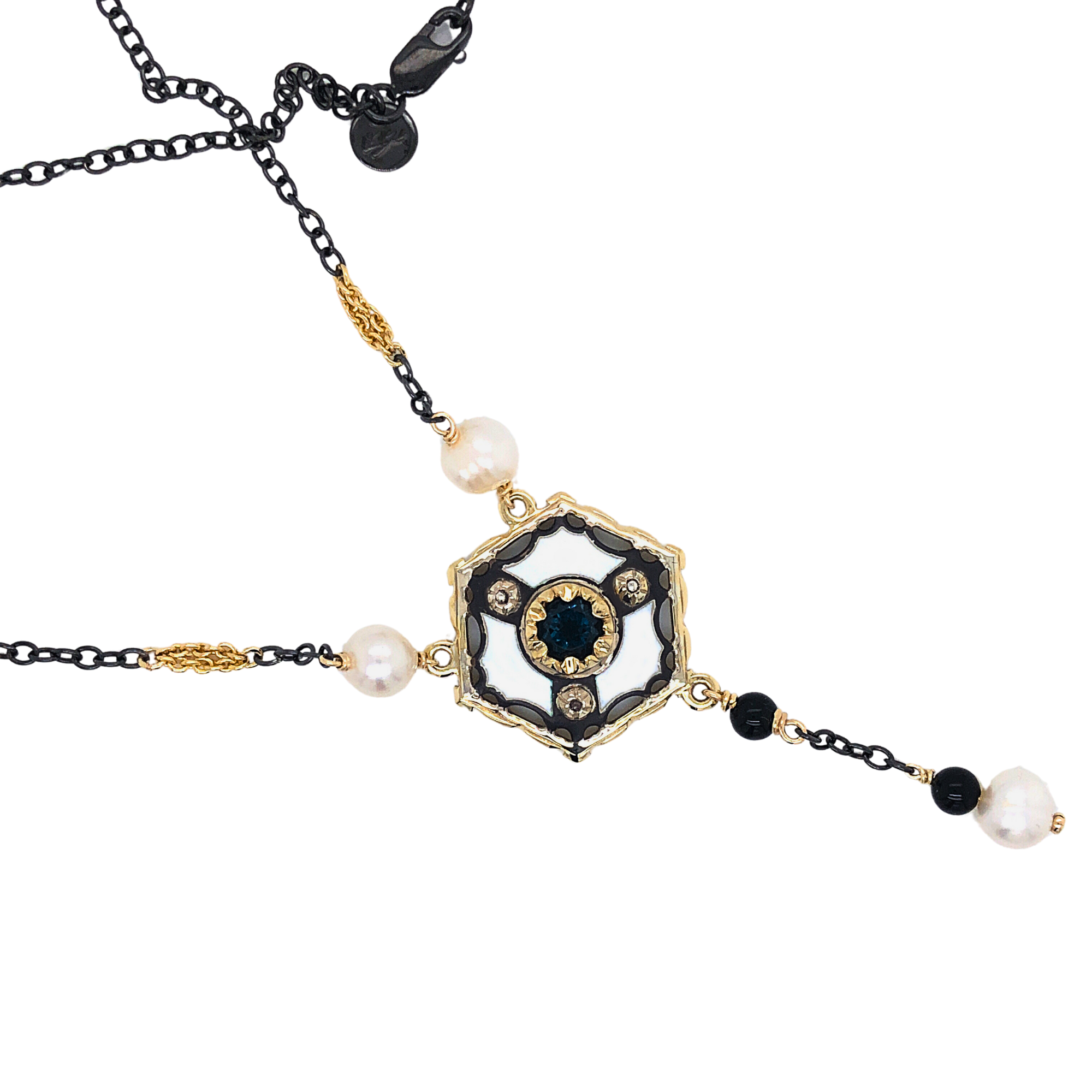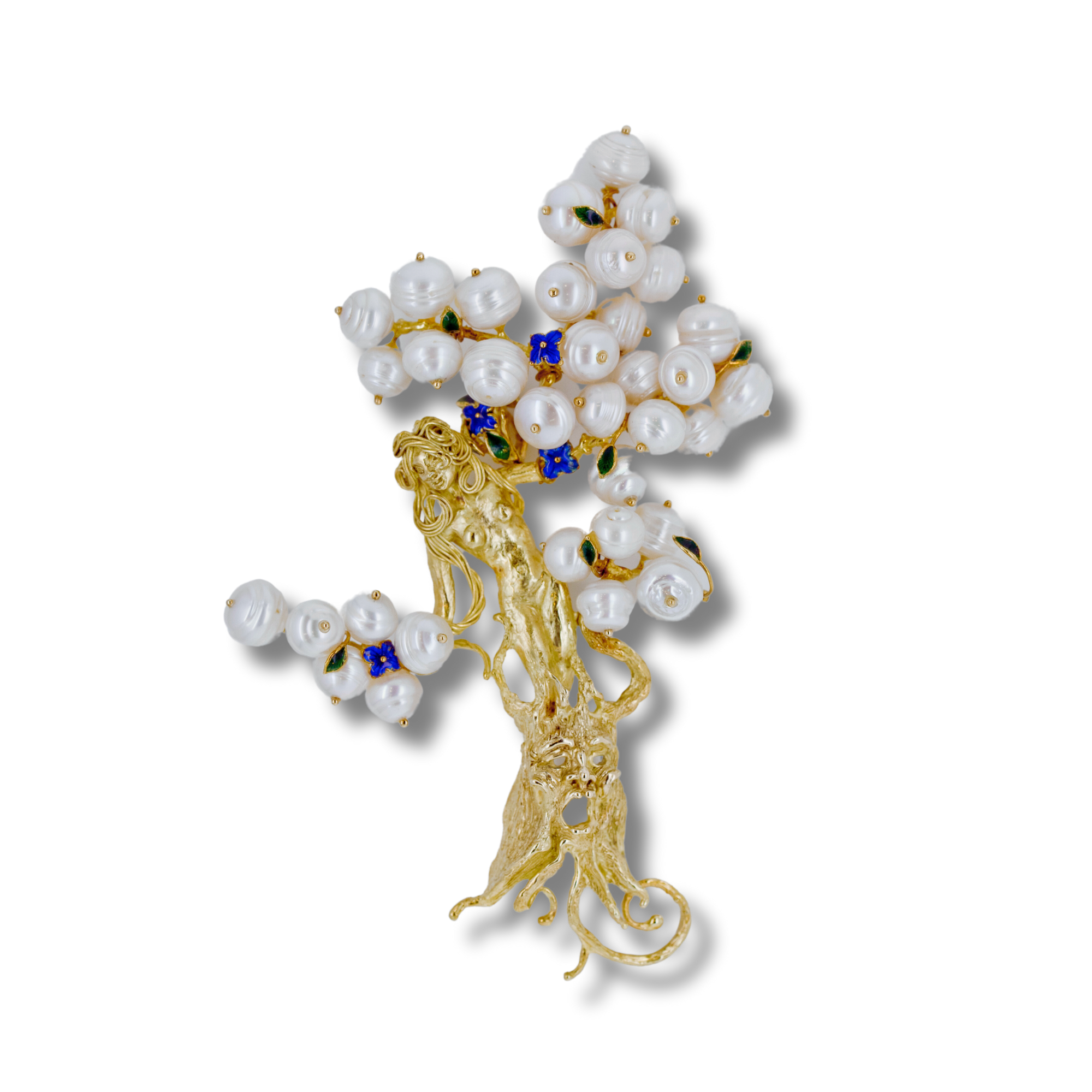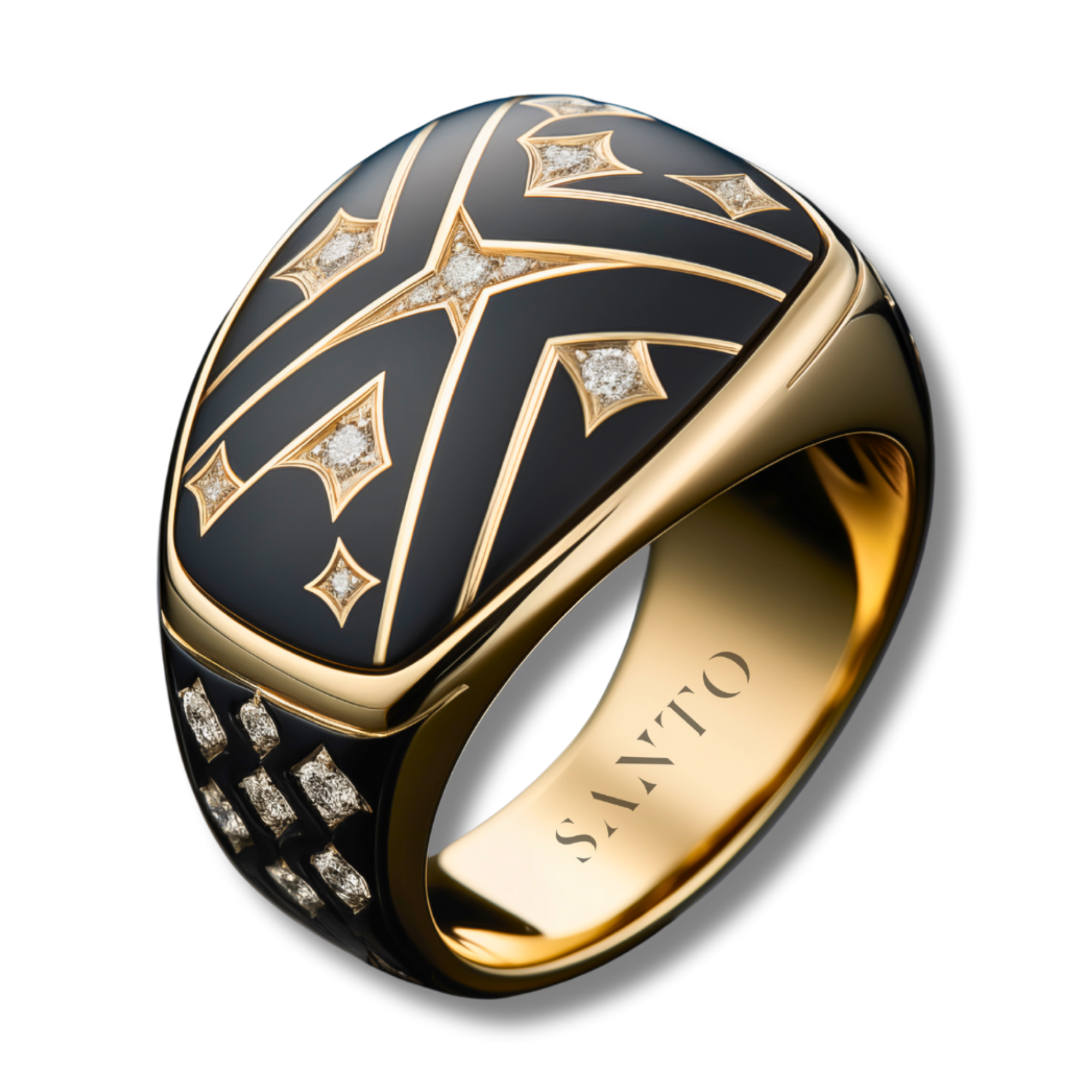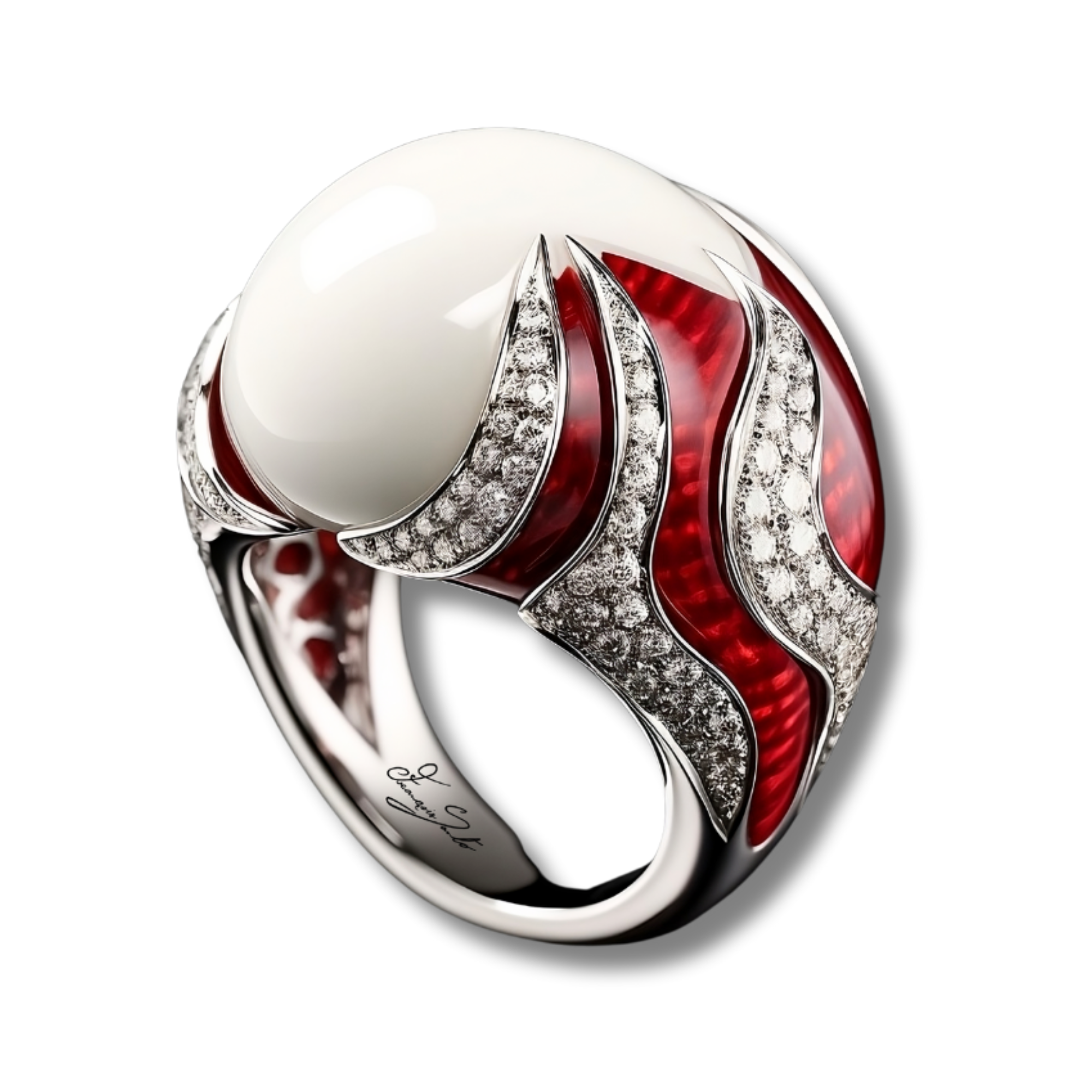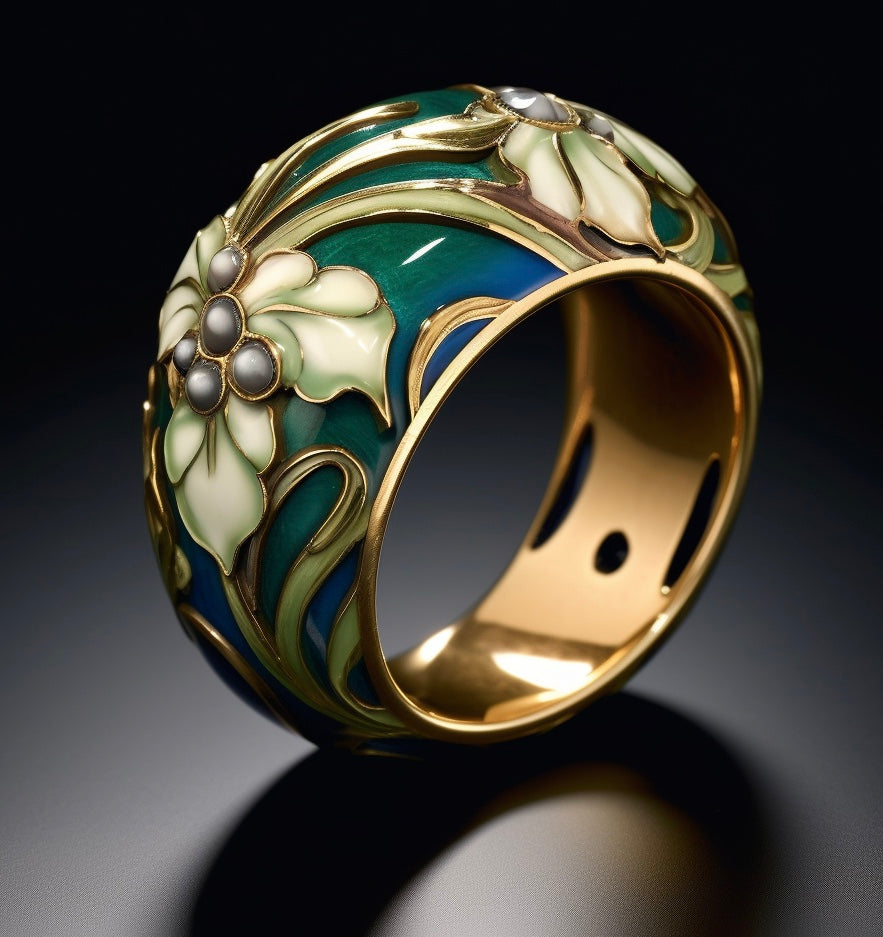
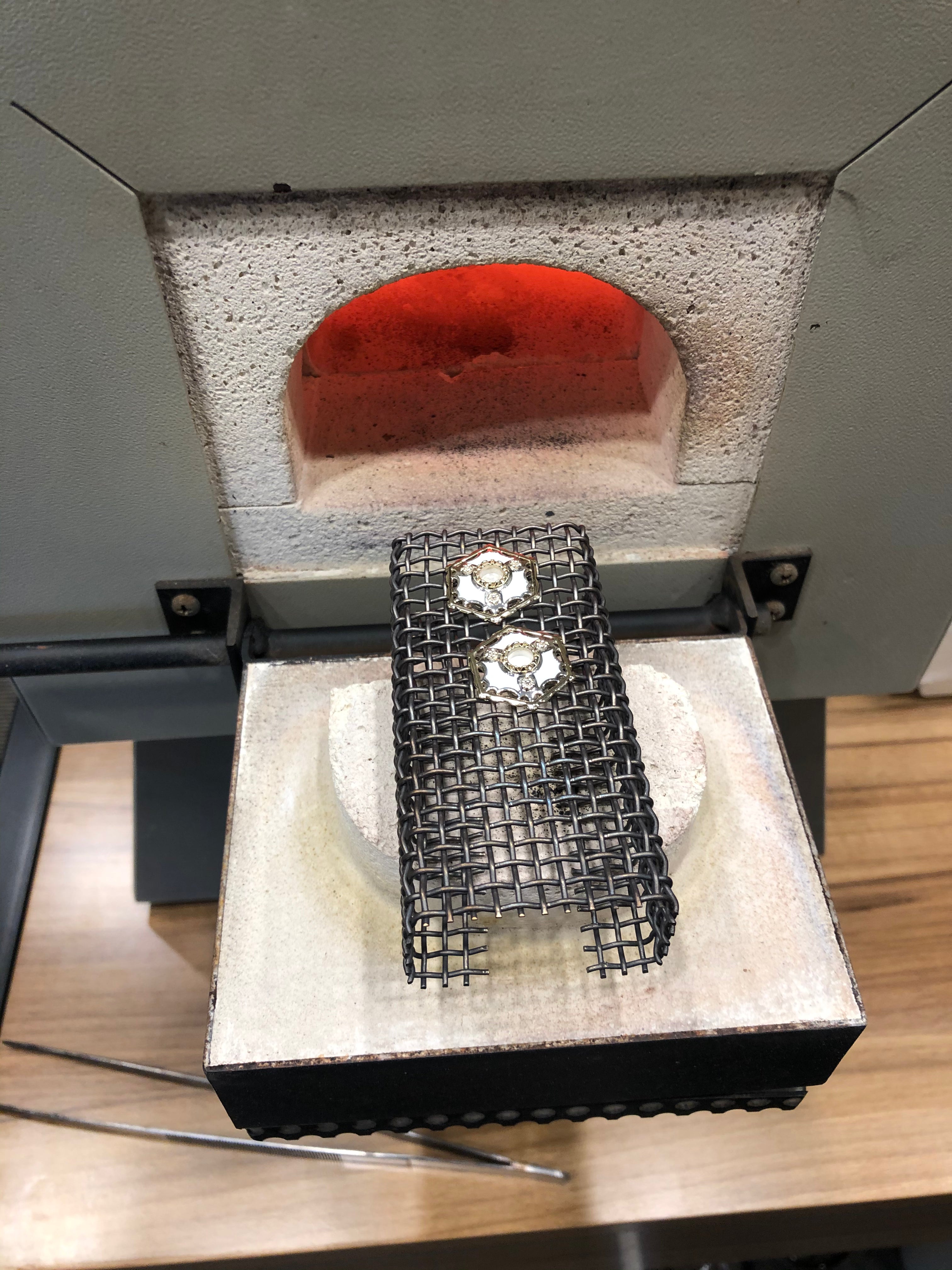
"I am attracted to enamel because it gives me a different sense of freedom when I envision and craft Collectable Masterpieces."
FS
Enamelling is a timeless decorative art, with roots extending over 3,000 years into ancient civilizations. Cultures like the Egyptians, Greeks, and Celts embraced this technique to embellish jewellery, ceremonial objects, and armour with vibrant, enduring colours that stood the test of time.
The craft reached new heights during the Byzantine Empire, where the cloisonné technique created intricate, detailed designs. In the Renaissance, European artisans refined enamelling into a high art, producing stunning portraits and luxurious embellishments on precious metals. Simultaneously, in Asia, Chinese and Japanese craftsmen developed their own sophisticated styles, celebrated for their intricate beauty and cultural significance.
At its core, enamelling involves fusing powdered glass to metal surfaces, resulting in a smooth, glossy, and durable finish. The process begins with a meticulously prepared metal base, often gold or silver for fine jewellery. Enamel powder is then carefully applied, either by sprinkling or painting, before being fired in a kiln. Under intense heat, the powder melts into a lustrous glass-like layer. Multiple firings may be required to build up depth, detail, and complexity, with each step demanding precision and patience.
From cloisonné, where delicate metal wires define vibrant patterns, to the transparent elegance of plique-à-jour, reminiscent of stained glass, enamelling offers endless creative possibilities.
Enamelling is more than a technique
Enamelling is a rich narrative of tradition, innovation, and passion. Through this art, raw materials are transformed into treasures that capture the essence of elegance and craftsmanship. Today, enamelling continues to captivate, seamlessly blending its ancient heritage with modern artistry to create timeless works of beauty.


